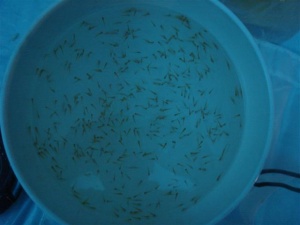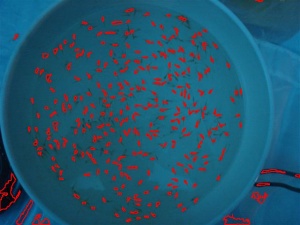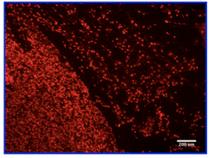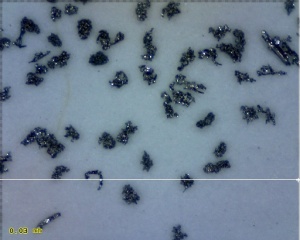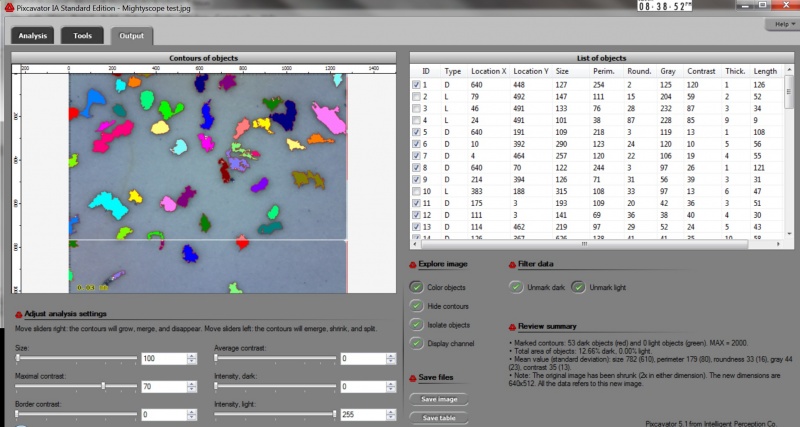I would like to come up with an outline of what undergraduate mathematics curriculum ought to be. I want to go wild and ignore the reality: prerequisites, “service courses”, overlapping degree requirements, transfer students, high school curriculum, SATs, GREs, etc.
It’s similar to baseball, football fantasy leagues. One puts the existing players at the right positions to make the best possible team. Sadly, the team will never play…
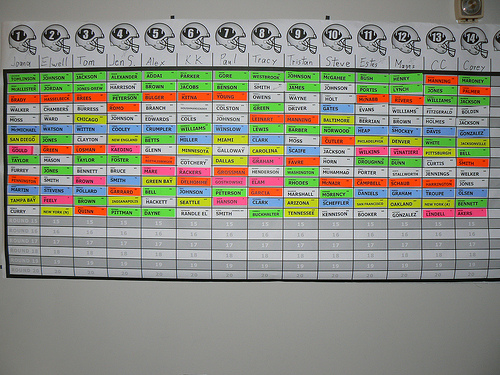
This is my first attempt.
First, I want to include discrete functions.
Consider the fact that nowadays data comes in the digital format. This data is simply large tables of numbers. Sometimes there is a continuous function or process behind the numbers but not always. The issues are the same though: max/min, increasing/decreasing behavior, rate of change, etc. Just two examples:
What is commonly done is to go back to continuous functions: approximation, interpolation, curve fitting, etc. Not the best solution and it requires more advanced math. Meanwhile, a typical graduate never sees this and now he doesn’t see a relation between what he does with Excel every day and what he learned in the calculus class.
The bottom line: the numerical/computational aspect should be built in!
Courses affected:
- Calculus 1-3 (and the prerequisites),
- ODEs and PDEs,
- Differential Geometry.
How to do this? Not an easy question.
It’s more or less clear for #3: discrete differential forms and discrete exterior calculus. There is a lot of literature on these methods in modeling and simulation (#2) but it’s quite complex. Waiting for this to trickle down to undergraduate courses might take 20 years. So, should you try to introduce differential forms in a calculus course (#1)? There must be a way…
These have always had a discrete part integrated:
Second, I would like to see much less emphasis on closed-form formulas.
Once again, data comes in the digital format. Since there is no formula that produces this data, one has to deal with it as just function. So, surprisingly, taking the applied approach means more abstraction not less: more y = f(x) than y = x2.
The good news is that one can drop a lot of
- information about specific functions (polynomials, exponential, logarithm, etc),
- trigonometry (if I see secant one more time!),
- algebraic tricks for solving equations, simplification, etc,
- integration techniques:
- integration by substitution is important for a good reason, it’s about change of variables, but
- figuring out what technique to use to evaluate a particular integral is hardly important.
Enough for one time. As things develop, more will appear here.



